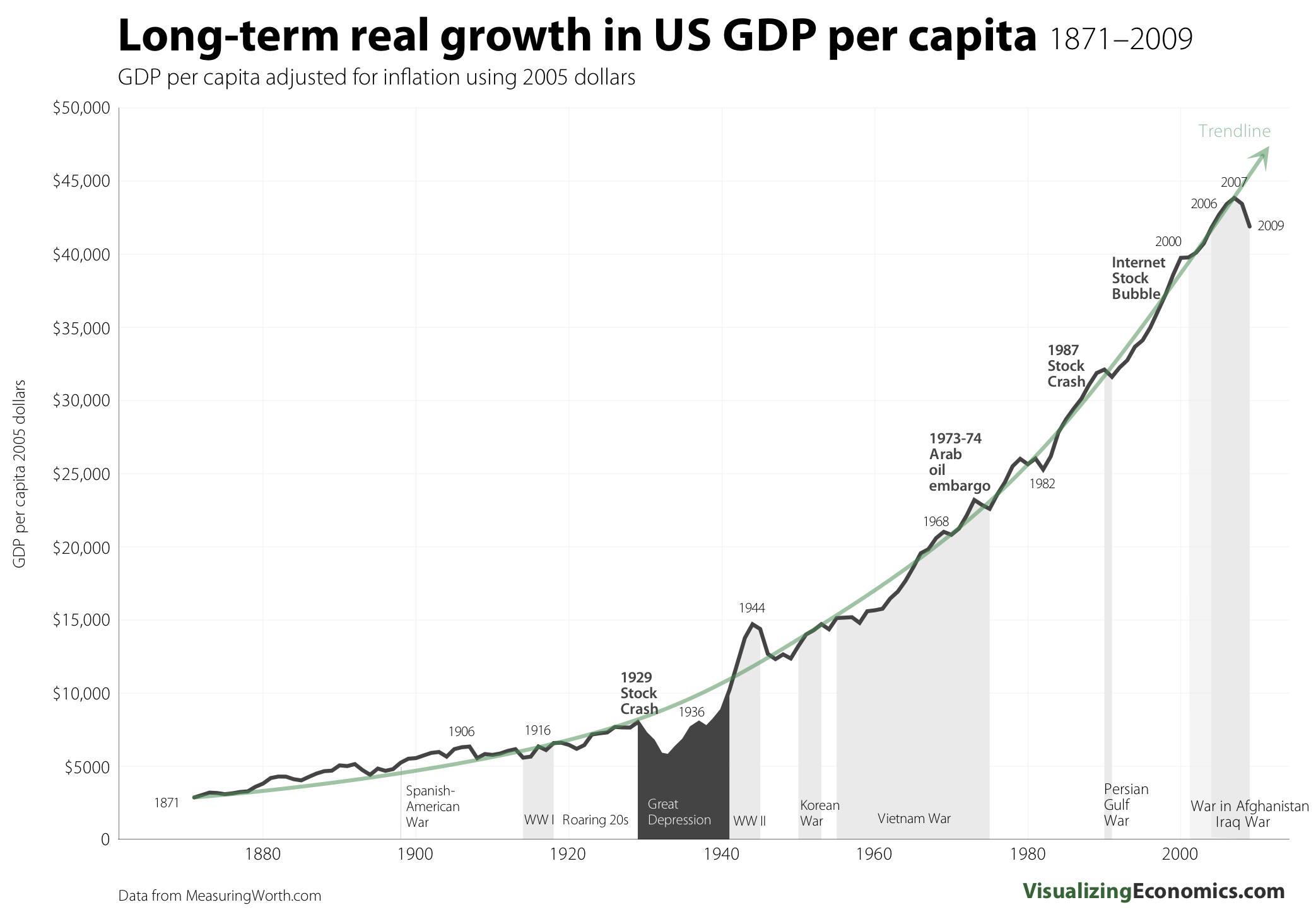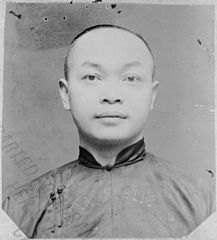This is a guest post by Peter Hurley. Peter is an American who studied in Canada. He’s interested in the law and his relationship with a Canadian brings him in direct contact with issues surrounding immigration. The post is a follow-up to Vipul Naik’s bleg about US-Canada open borders from about two months ago.
This week, both the US and Canada celebrate their national identities. In the US, we celebrate our independence from Britain. In Canada, we celebrate our confederation into a distinct nation, under the same crown as Britain, but with a wholly Canadian government and constitution.
These celebrations reveal as much about the similarities between the US and Canada as our differences. We share common traditions about law and human rights from our common origins, and have maintained peaceful relations for two centuries. We even co-ordinate our holidays so we can have the same long weekends. Often enough, it can seem like an American from Seattle is more similar to a Vancouverite than a Canadian from Halifax.
Or, at least it seems that way until you try to move between the countries. Then you find out that the border is more than an inconvenience on your road trip to Niagara Falls, it’s a serious impediment to people’s lives.
Both Canada and the US would be made better off by opening the world’s longest and most peaceful border.
This idea isn’t particularly new, and there are some common objections to it that deserve answers. Many of these objections are common to any open border scheme, and those are dealt with ably elsewhere on this site, so I confine myself to objections that wouldn’t be common to any open borders scheme. To be clear, I am proposing free transit over the border between the two, but with limitations on the ability of non-citizens of the US and Canada to use the open border to work or live permanently in the other country.
Economic Argument
One of the main practical arguments against an open border is that it will be economically harmful, particularly to Canada. The concern is that Americans will flock to Canada to utilize government provided health care and that Canadians will dodge taxes by crossing the border to shop. The latter is an argument that probably scares tax officials more than the Canadians who shop in the US and then wear everything they bought home.
As to healthcare: with Obamacare coming into force, most Americans would see only a small health care savings by moving to Canada. Obamacare means Americans earning low incomes get free or extremely cheap health insurance, and only relatively high-income people will pay substantial sums for healthcare. And those high-income people are much less likely to be a net drain anyway. Plus, Canadian healthcare currently requires a substantial period of residency before one becomes eligible for free coverage, so it requires substantial time commitment to living in Canada to qualify for healthcare.
Apart from healthcare, the welfare states in the US and Canada are remarkably similar, so there is little incentive to move from one to the other for benefits. Disability, welfare, unemployment, food security, and retirement benefits are similar, and Old Age Security/Canada Pension Plan and US Social Security Administration already credit contributions from one towards the other.
The benefits of integrating labour markets between the two countries is very substantial as well. Border areas often have labour markets which tilt heavily depending on whether the US or Canadian dollar is stronger. An open labour market will allow workers from depressed areas in either country to seek work in nearby areas with relatively booming markets. So a laid off construction worker in Buffalo can go build condo towers in Toronto, and oil field workers can move quickly between Alberta and North Dakota, without waiting months between jobs for immigration paperwork to be done.
Also, the monetary costs of border enforcement are substantial. Both governments could reduce spending on border guards, as well as eliminating the giant deforested 20 foot swathe between the two countries. More than that, the time that people spend waiting at the border is valuable. About 62 million people crossed into the US via Canadian land ports of entry in 2012. Assuming about as many entries into Canada, and assuming (generously I think) a 20 minute wait on average, that comes to 41 million wasted hours, plus a ton of pollution from the cars idling. And that doesn’t even count trucks.
Political Argument
Another big worry that people have about opening the border is that it will change the character of the countries drastically as immigrants from Canada or the US flood in and overtake the culture (Canada) or make the country much more socialist (US). I think this concern is not as big a deal as people make it. Both countries have areas that are quite conservative (Alberta, Texas) and quite liberal (Vancouver, Boston). There’s no reason to think that the average American who chooses Canada would be likely to push the political consensus very far, and would very likely fall somewhere into the mainstream of Canadian society. Furthermore, open borders do not mean open citizenship. Canada and the US can set whatever standards of residency and knowledge of local culture and government they want as requirements to attain citizenship. As to cultural assimilation, open borders do not kill cultures. The southern US and Quebec both have open borders to their countries, and yet have different cultures from the rest of their countries: more so in the case of Quebec.
The Quebec Question
Within Canada, Quebec has maintained a distinct culture and language, and has taken extensive efforts to maintain that distinction, including a separate immigration regime on top of the federal system, as well as significant language restrictions regarding both public displays and schooling. It is safe to say that opening the border to the US would be seen as a major threat to the separate culture of Quebec. They shouldn’t be. As it stands, millions of English-speaking Canadians are freely capable of moving to Quebec. And that hasn’t stopped Quebec from maintaining its culture and institutions. Open borders will not allow Americans to vote in Quebec or Canada, and the democratic institutions of Quebec are strong enough to handle a free and open dialogue with the world. Even ardent sovereigntists don’t generally want to seal Quebec’s border with Canada upon independence. And the open US border with Quebec provides the same sort of benefits for Quebec that the open borders with New Brunswick and Ontario provide.
Conclusion
The Canada/US border is probably one of the easiest questions of open borders in the world. We are both rich countries with strong economies and extremely similar systems of law. We have lots to gain from opening up what is already a slightly ajar door. If you want to take incremental steps to opening borders, the Canada/US border is the first increment.
The photograph featured in the header of this post is of the US-Canada border. Via Reddit.



